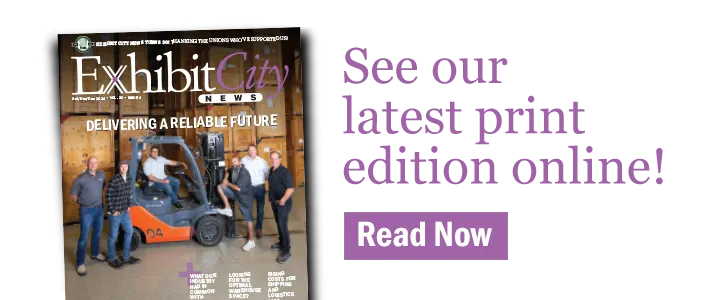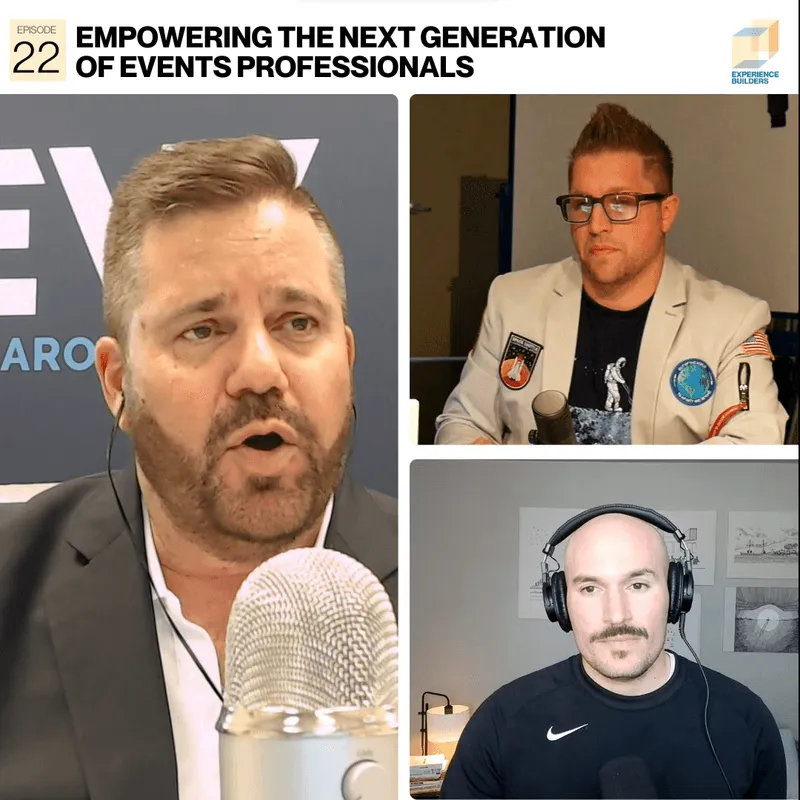Throughout the last decade, major emphasis has been put on saving the environment and creating sustainable practices. Recycling options are everywhere: Grocery stores are recycling plastic bags, programs for recycling electronics have started popping up, and even charities that repurpose and re-use hotel toiletries have made their way onto the eco-friendly timeline.
The tradeshow and meetings industry has been no different. For the most part, event professionals have been extremely receptive to this trend, creating recycling programs and planning shows with Mother Nature in mind.
For example, the 2010 International AIDS Society Conference, which was held in Vienna, Austria, won the Green Meetings Award from the Green Meetings Industry Council (GMIC). The conference had over 18,000 attendees and was organized to increase knowledge of developments in AIDS research.
The tradeshow implemented a strict Reduce, Reuse, Recycle and Raise Awareness campaign, where attendees were encouraged to practice eco-friendly habits such as filling water bottles from the tap, donating leftover food and walking to nearby hotels and restaurants rather than driving.
“As the exhibition manger, I looked at how we could try to limit our impact on the environment and have a positive impact on society and the local economy,” said Jelena Milovic from the International AIDS Society. “We developed a working group, so at least one person worked on this everyday, just thinking of how we can do things better.”
In order to plan a low-impact tradeshow like the 2010 International Aids Society Conference, meeting planners must take into account the amount of waste and energy that is typically generated at an event.
According to PCMA’s Green Meeting Toolkit, using 1,000 disposable plastic teaspoons consumes over 10 times more energy and natural resources than manufacturing one stainless steel spoon and washing it 1,000 times. And over the course of a five-day conference, attendees will use 62,500 plates, 90,000 cans or bottles, 75,000 cups and 87,500 napkins, all of which can be washed and re-used to reduce waste.
According to the Toolkit, the average conference delegate produces 61 pounds of solid waste over a three-day conference, roughly 20 pounds per day. This amounts to 2 big green garbage bags of trash. They use 846 gallons of water, or roughly 262 gallons per day and produce 1418 pounds of greenhouse gas emissions.
The Green Meeting Toolkit also outlines a list of steps to take in order to plan a successfully green tradeshow. The first step is to set goals and do research. Audit what normally happens at each meeting and see what things can be done more sustainably to help develop guidelines for the future.
The rest of the steps include suggestions like avoiding printed show material, using locally sourced and organic food options and offsetting carbon emissions from travel.
But perhaps the most important step is finding a venue that will enhance the standards of a “green” tradeshow. The San Diego Convention Center (SCDD), for example, is LEED Silver Certified and has won the Environmental Leadership Award as well as several other environmental awards for their dedication to creating an eco-friendly venue for meetings.
“From the moment our tradeshow clients arrive at our facility to set up in our exhibit hall, they notice our commitment to sustainability,” said Brad Gessner, general manager of the SDCC. “Huge recycling containers collecting everything from pallets, cardboard, paper, and glass along with copper wire, cooking oil and post-consumer waste are conveniently located throughout our 50 loading docks.”
As the booths are set up and attendees start piling in, the eco-friendly efforts are ramped up with the use of programmable fluorescent lighting as well as more recycling bins for used bottles, cans, paper and plastic. As the show continues, the SDCC ensures that all aspects remain in line with Mother Nature.
“During the tradeshow, excess kitchen food or post-consumer waste collected from luncheons, dinners, etc., is donated to local rescue missions,” said Gessner. “Approximately 100 tons of food is donated annually to local charities by our facility.”
As for the items that can’t be donated and can’t be recycled by the facility, Repurpose America steps in to ensure those goods are created into something new that can be used again.
“We work with the show to capture material that is non-recyclable,” said Zachary Delbex, CEO of Repurpose America. “We provide a service that’s unique by manufacturing products out of stuff that can’t be recycled.”
At CES, for example, Repurpose America collects the show banners at the end of the week and re-fabricates them into next year’s badge holders. The company has also worked within tradeshows like ConExpo, IOD2011 and NCES4, as well as organizations like the Las Vegas Convention and Visitor’s Authority.
In fact, Repurpose America recently partnered with Indigenous, a fair-trade and organic fashion retailer, at MAGIC in February. Repurpose America was on-site to collect and reclaim the non-recyclable waste and repurpose it to support the Las Vegas community.
“We work with the convention industry to take this challenge and use it as an enabler of community involvement and environmental change,” said Delbex. “We’ve worked with a lot of shows, but we haven’t even scratched the surface. It’s really an ongoing project, and there’s so much work to be done.”
Repurpose America Promo Spot from The Reel Lab on Vimeo.
By creating a partnership with Repurpose America, tradeshow organizers are not only helping the environment, they’re helping the local economy.
“We employed 46 people last year, and this is after just building the business out of a garage,” said Delbex. “We are working very hard to provide the industry the incentive to do the right thing by creating sustainable products. The more people get involved, the easier it is to make a difference.”
Related content: Simple tips for a greener tradeshow experience































